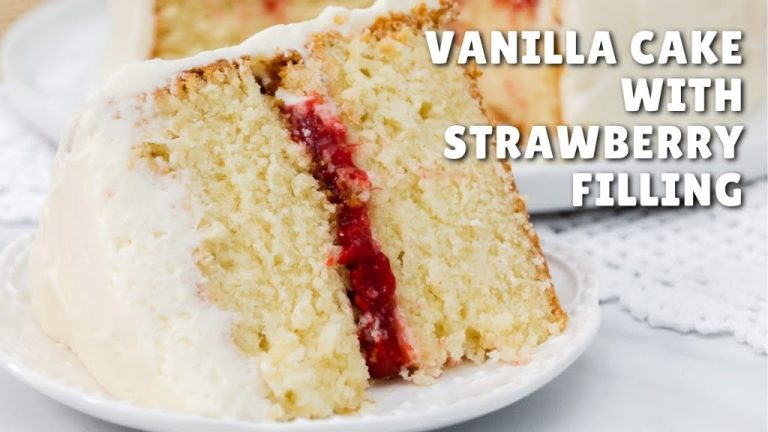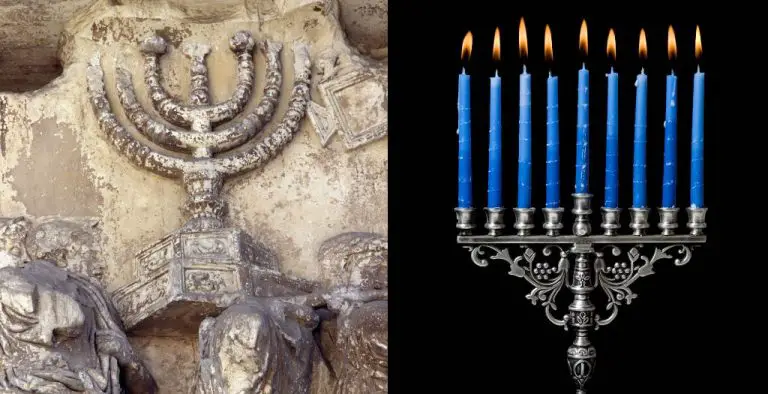Can You Make Oil Lamp With Mason Jar?
Oil lamps have been used for thousands of years to provide light. Before the advent of electricity, they were a vital source of illumination in many cultures around the world. The ancient Greeks, Romans, Indians, Chinese all used variations of oil lamps in daily life.
Oil lamps have seen a resurgence in recent years as people look for environmentally sustainable and reliable ways to light their homes. Mason jars make excellent oil lamp containers because of their shape, availability and low cost. Their glass construction also allows the lamp’s flame to be seen clearly.
Making an oil lamp from a mason jar is an easy project that can provide a beautiful source of lighting. This guide will walk through the complete process step-by-step.
Materials Needed
To make an oil lamp from a mason jar, you will need just a few simple materials:
-
Mason Jar – This provides the base container for the lamp. A pint or quart sized jar works best. Make sure it has a wide opening to easily add the oil and wick.
-
Wick – Use a natural fiber wick like cotton, hemp, or beeswax. The wick should fit snugly into the jar’s opening but not too tight. Cut the wick long enough to reach the bottom of the jar with a little extra to leave room for adjustment.
-
Oil – Use a refined vegetable oil like canola, olive, peanut, or soybean oil. Do not use extra virgin olive oil as it has too low of a smoke point. You can also use clear mineral oil. Make sure whatever oil you use has a high smoke point to avoid excessive smoking from the lamp.
With just these three basic supplies, you can make a simple oil lamp in a mason jar.
Preparing the Mason Jar
Before turning your mason jar into an oil lamp, it’s important to clean and dry it thoroughly. Any debris or moisture left in the jar could impact the lamp’s performance. Start by washing the mason jar and lid in warm, soapy water. Use a bottle brush to scrub the inside of the jar and fully remove any residue. Rinse the jar and lid and then dry them completely using a dish towel.
The next step is to create a hole in the metal lid that will allow the wick to pass through. Use an electric drill with a small drill bit to make the hole. The hole should be slightly larger in diameter than the wick to allow it to pass through freely. Wicks are typically between 1/4″ and 1/2″ wide. Make sure the hole is centered in the lid to allow the wick to sit straight up when the lamp is assembled. Smooth any rough edges around the hole with sandpaper if needed.
Selecting the Wick
The wick is a critical component of an oil lamp as it draws the fuel up to the flame. When selecting a wick, you’ll need to consider what material it’s made from as well as its width.
Most wicks used in oil lamps are made from natural materials like cotton, hemp, or wood. Cotton is generally recommended as it has a good balance of absorbency and durability. Hemp wicks tend to be more rigid while wood wicks have a low absorbency.
The width of the wick also matters. A wick that is too narrow will produce a dim flame while one that is too wide can result in smoke and dripping. As a general rule, the wick width should be about 1/2 the diameter of the lamp’s nozzle. So for a lamp with a 1/2 inch nozzle, a 1/4 inch cotton wick would be ideal.
It’s a good idea to test out a few different wick materials and widths to find the optimal setup for your oil lamp. Consider factors like brightness, odor, and how often you need to trim the wick when making your selection.
Choosing the Oil
When selecting oil for your mason jar lamp, you have a few options. The most common types of lamp oil are:
Paraffin Oil – This is a highly-refined petroleum product that is clear and odorless. It burns cleanly without producing smoke or soot. Paraffin oil is inexpensive and readily available.
Mineral Oil – Mineral oil is also a petroleum product. It tends to be thicker and burns slower than paraffin oil. The slower burn time means you may need to refill it more often.
Citronella Oil – Extracted from citronella plants, this oil has a distinct lemon-lime scent. The aroma helps repel insects like mosquitos. But citronella oil is more expensive than traditional lamp oils.
Vegetable Oil – You can use vegetable oil in an emergency if you don’t have traditional lamp oil. However, vegetable oil tends to burn faster and produce more smoke. Only use small amounts at a time.
When choosing oil, opt for lamp oils labeled “smokeless” and “odorless.” Look for oils with a low flashpoint, which indicates they ignite easily and burn cleanly. The viscosity of the oil also affects the burn time. Thicker oils like mineral oil burn slower.
Assembling the Lamp
Once you have the mason jar, lid, wick, and oil ready, you can start assembling your oil lamp. The key steps are threading the wick through the lid and then filling the jar with oil.
To thread the wick, start by feeding it up through the hole in the lid. Leave a few inches hanging below the lid and make sure the wick is secure. Some lids may have a screw on cap to hold the wick in place.
Next, add oil to fill the jar most of the way. Leave about an inch or two of headspace to allow for the wick to burn properly. You can use a funnel to carefully pour the oil in to avoid spills. Some common oils used are lamp oil, olive oil, or mineral oil. Be sure to use an oil that is approved for burning.
Once filled with oil, screw the lid back on tightly. Make sure the wick is centered and hanging straight down into the oil. Your oil lamp is now fully assembled and ready to light!
Lighting and Extinguishing
Lighting a mason jar oil lamp is a simple process but requires care to avoid potential hazards. Choose a stable, flat surface away from flammable items to place the lamp. Use a long match or lighter with an extended wand to light the wick. Hold the flame to the very top of the wick for 15-30 seconds until the wick begins to glow red. Once lit, the wick will begin drawing up the oil to fuel the flame. Never light the lamp when the oil reservoir is low.
To safely extinguish the flame, use a flame snuffer or blow out the wick gently. Avoid blowing directly down into the reservoir, as this can disperse hot oil. Allow the wick to cool completely before handling the lamp. The lamp can also be allowed to burn out on its own once the oil reservoir is depleted. Trim the wick as needed to maintain about 1/4 inch above the holder before relighting with fresh oil.
Take care not to overfill the lamp, as excess oil can spill out when lit. Ensure the lamp is placed on a stable, heat resistant surface. Never leave a burning oil lamp unattended. With basic safety precautions, an oil lamp can provide warm, charming lighting for years to come.
Usage and Maintenance
Mason jar oil lamps provide a relaxing ambiance but require some care to keep them functioning properly and safely. Here are some tips on usage and maintenance:
Place the lamp on a stable, level surface away from anything flammable. Don’t put it on shelves or hang it. Keep it out of high traffic areas and away from pets and children.
Check the oil level regularly and top it off. Add more oil before the lamp burns dry. Use a funnel to carefully refill without spilling. Leave at least 1/2 inch of headspace so the oil doesn’t overflow when lit.
Trim the wick periodically to maintain the brightest flame. Use scissors to trim off any blackened portions of the wick so it can wick up the oil cleanly. Leave about 1/4 inch of wick above the holder. Trim as needed to adjust the flame height.
Safety Tips
When using an oil lamp, it’s important to keep safety in mind. Here are some tips for staying safe with your homemade oil lamp:
Keep the lamp away from flammable materials. Make sure the lamp is placed on a sturdy, non-flammable surface at least 3 feet away from anything flammable like curtains, paper, furniture, etc. Avoid placing the lamp where it could get knocked over.
Monitor the lamp while burning. Never leave a burning oil lamp unattended. Keep an eye on the flame and make sure to extinguish it before leaving the room. Trim the wick as needed to maintain the proper sized flame.
Allow the lamp to cool fully before refueling. Extinguish the flame and allow the lamp to cool for at least 15 minutes before adding more oil. Adding oil to a hot lamp is dangerous.
Keep out of reach of children and pets. Oil lamps can pose a burn hazard, so make sure to place them safely out of reach.
Consider using lamp oil instead of vegetable or essential oils. Lamp oils like kerosene are designed for use in oil lamps. Other oils may not be as safe or produce as much soot and smoke.
Conclusion
As we’ve seen, creating an oil lamp from a mason jar is a simple, fun DIY project using common household materials. With just a mason jar, oil, and wick, you can make a functional lamp to provide cozy ambiance and emergency lighting. The process involves preparing the jar, selecting an appropriate cotton wick, filling with oil, then assembling and lighting the finished lamp.
Mason jar oil lamps have many creative uses beyond basic lighting. Try using colored oils or scented oils to set a relaxing mood. Decorate the jars with paint, twine, shells or beads for a more stylish look. Use the lamps to create a centerpiece or define an outdoor seating area. Place them along a walkway to help light an evening path. The portability also makes these lamps ideal for camping trips or power outages when you need simple, reliable light. With just a bit of creativity, the possibilities are endless for customizing and enjoying your homemade mason jar lamp.



